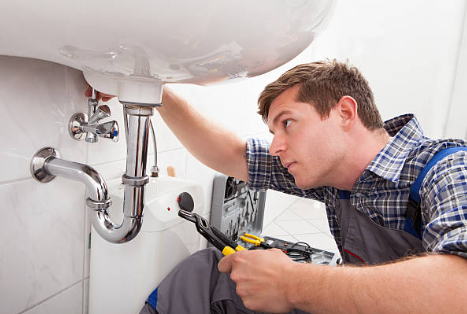Hey, Login
view local deals
view local deals
Frequently updated list of commonly purchased items.
Find Inspections, Installations, Repairs and more. Only at AurketPro
Check out the latest local deals as businesses introduce new offers.
Find Inspections, Installations, Repairs and more. Only at AurketPro

Calling around for prices for a home service is inconvenient and time-consuming, often leaving you with little clarity and feeling ambushed by pushy salespeople or marketers.
Home service plans often come with hidden costs, limited coverage, unclear pricing, and frequent lawsuits over being labeled as "sham" subscription services, making it difficult to assess true value.
Buying directly online from marketplaces like AurketPro is convenient, as it allows you to easily browse companies' listings, view their services in detail, and know exactly what your buying upfront.

When hiring a plumbing company, it’s essential to ensure they are qualified, licensed, insured, and reputable to handle your plumbing needs.

Years in Business: A plumbing company with significant experience is usually more reliable and skilled in handling various plumbing issues.
Earn Cash Back!
Get started with a live network and take on real jobs, from real customers for their home or business needs.
The First trusted platform where you can connect with top-rated local companies offering a wide range of services right online. Whether you’re a homeowner, business owner, or property manager, our marketplace brings you access to reliable and experienced professionals in your area.
Our marketplace enables providers to post up-to-date pricing and showcase current and seasonal services, allowing customers to view real-time listings and compare local prices effortlessly.
Our platform makes buying services as simple as a few clicks. Whether you need to fix a leak repair or planning for an upgrade for your home, you can buy a service from a local professional anytime. You also get to compare pricing that fits your budget.
Our marketplace features approved providers who are fully vetted to ensure they are legally authorized to offer services in your state. Each company must provide their licensing or trade credentials for customer transparency.

When you need them the most
Buy your next home service online.